Common Ways Water Damage Can Weaken Your Home’s Structure
Water is essential for life, but when it infiltrates places it shouldn't be, it can lead to a slew of serious issues—especially within your home. Water damage is a homeowner’s nightmare, not only because of the potential cost implications but also due to the structural concerns that come with it. In this blog post, we will explore the various ways water damage can weaken your home’s structure and why it's crucial to address these issues promptly. By understanding these risks, you can take preventative measures to keep your home safe and sound.
Water Damage and Its Impact on the Foundation
One of the primary ways water damage weakens a home’s structure is through its effect on the foundation. When water seeps into the foundation, it can cause cracks and erosion, compromising the stability of the entire building. Over time, this can lead to severe structural issues that can be both dangerous and costly to repair. The persistent presence of water around your home’s foundation can also lead to soil weakening and shifting, further destabilizing the base of your house. Immediate water damage restoration is essential to avoid further deterioration and prevent costly repairs down the line.
Wood Rot and Its Impact on Structural Integrity
Another significant issue caused by water damage is the risk of wood rot, which is particularly problematic in homes with wooden frames. Water exposure causes the wood to swell and distort, losing its structural integrity over time. As the wood begins to rot, it becomes weak and soft, unable to support the weight of your home effectively. This can lead to sagging floors, warped walls, and, in extreme cases, complete structural failure. HomeAdvisor notes that water damage restoration can be quite costly, averaging $3,814, with most homeowners paying between $1,361 and $6,270, which is why early detection and intervention are key.
Water Damage and Its Effect on Walls
Water damage can also significantly weaken the walls of your home. Drywall is porous, meaning it can quickly absorb water, leading to swelling, warping, and promoting the ideal conditions for mold growth. According to Ruby Home, mold is common in 47% of residential buildings in the U.S. As mold takes hold, it begins to eat away at the organic components of the walls, further reducing their structural capabilities. Mold not only compromises the structural integrity but also poses health risks to your family, exacerbating allergies and respiratory issues. Seeking professional water damage restoration can help mitigate these risks and keep your home safe.
Water Damage and Its Impact on the Roof
The roof is another critical area of your home vulnerable to water damage. Leaks can go unnoticed until they cause significant damage, rotting the rafters and compromising the roof’s structural integrity. Once water enters the roofing system, it can lead to ceiling damage and increase the risk of collapse, especially in areas that record heavy rainfall or snow. Regular roof inspections and timely repairs are essential to prevent water from infiltrating your home through the roof. Water damage restoration services are necessary if any leaks go undetected, ensuring that the roof remains intact and structurally sound.
Water Damage and Its Effect on Floors
Floors are not immune to the effects of water damage either, particularly when it comes to laminate and wooden flooring. Prolonged exposure to moisture can cause these materials to buckle, warp, and lose their original shape. As with other affected areas, compromised flooring can pose serious risks, potentially leading to accidents and injuries. Furthermore, excessive moisture beneath your floors can damage the subflooring and supports, requiring extensive and costly repairs. For long-term preservation of your floors, water damage restoration should be conducted as soon as damage is detected.
Water Damage and Its Effect on Electrical Systems
Water damage can also have a significant effect on your home’s electrical systems. When water enters electrical wiring or outlets, it can cause short circuits, sparking, and even fires. Moisture inside walls or ceilings can corrode wires, leading to faulty connections, putting your family at risk of electrocution. Ensuring that electrical systems are inspected after any water damage is crucial to prevent these dangerous outcomes. Quick water damage restoration, particularly for your electrical systems, can prevent further damage and ensure your home remains safe from electrical hazards.
The impacts of water damage on your home's structure can be profound and far-reaching. From compromising your foundation to causing wood rot and encouraging mold growth, the potential damage is vast. Knowing the risks and investing in preventative measures can save you significant repair costs and ensure the long-term safety and stability of your home. Reach out to Clean Care of New England today.




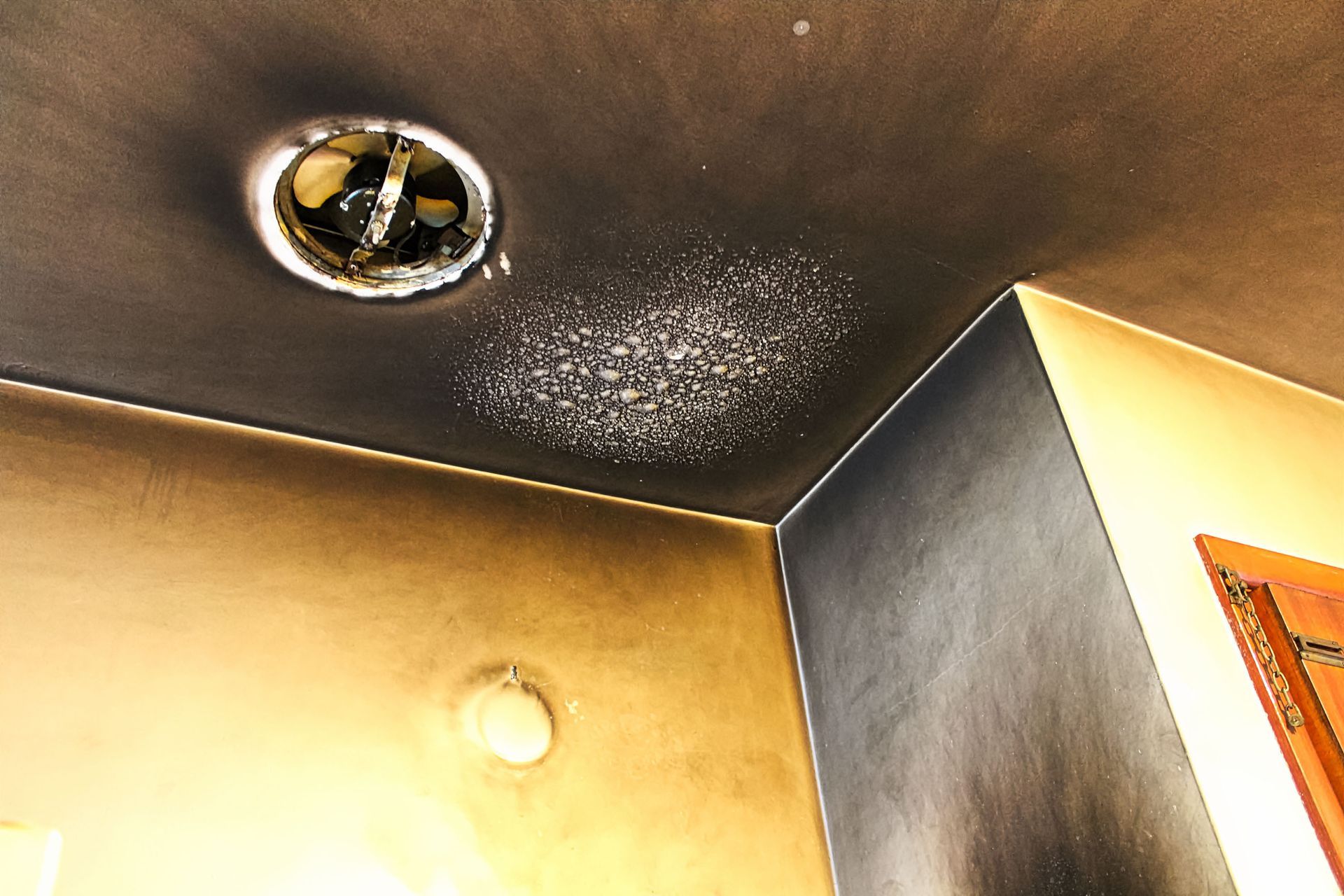
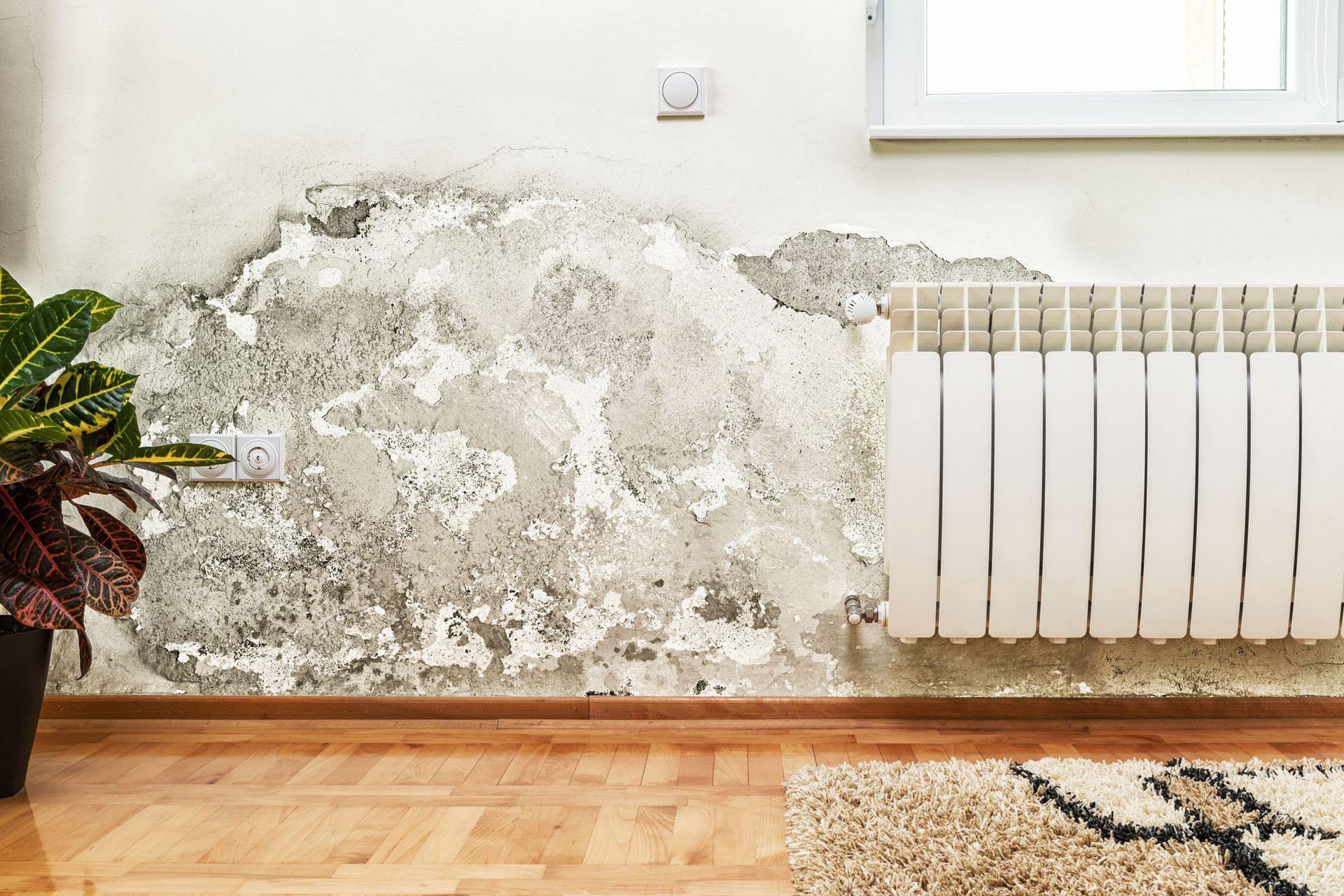
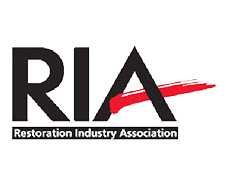
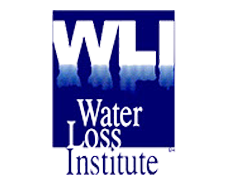


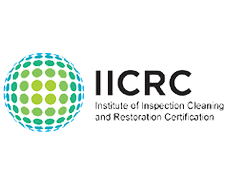



Share On: